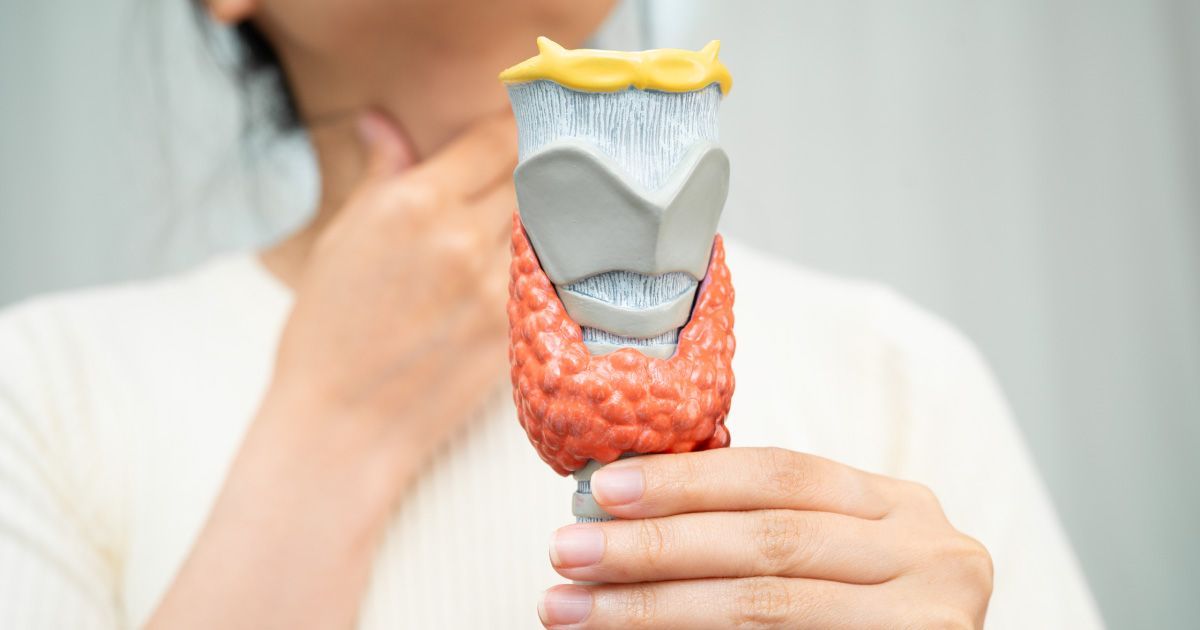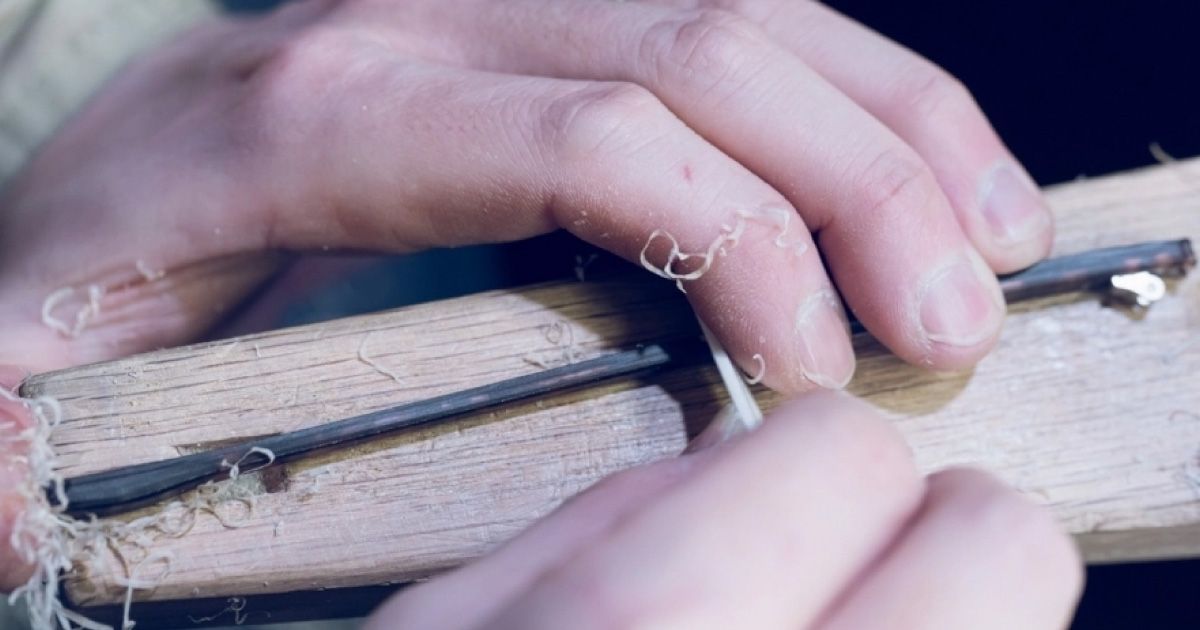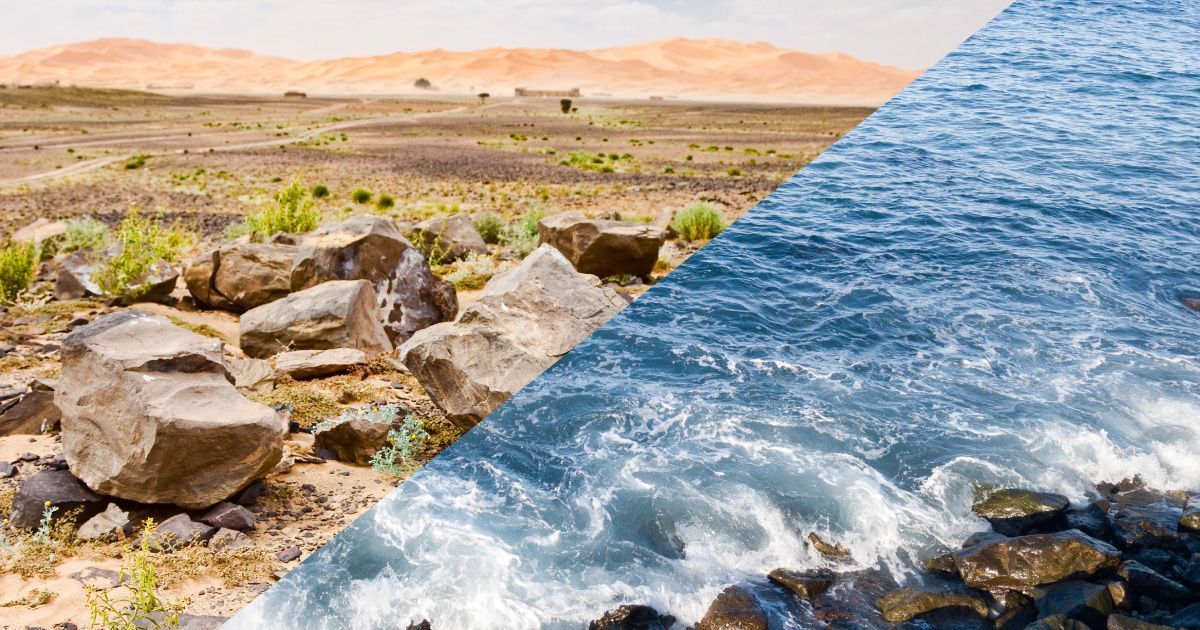Unlocking the Brain’s Secret Superpowers: How It Adapts to Changes In Vision

Read time: 5 minutes
The human brain is a marvel of adaptability and resilience, especially when it comes to vision changes or loss. This adaptability is crucial for maintaining functionality and quality of life in individuals experiencing changes in their visual capabilities. In this article, we will explore the intricate processes by which the brain adapts to vision changes or loss, delve into the concept of neural plasticity, and examine how the brain manages other vision-related phenomena such as the use of 3D glasses, virtual reality experiences, and recovery from eye injuries.
Understanding Neural Plasticity
Neural plasticity, also known as brain plasticity or neuroplasticity, refers to the brain's ability to reorganize itself by forming new neural connections throughout life. This ability is particularly significant when it comes to adapting to sensory changes, including those related to vision. When an individual experiences vision loss or significant changes in vision, the brain does not passively accept these changes but actively works to compensate and adapt.
Mechanisms of Neural Plasticity in Vision
- Cortical Reorganization: When vision is lost or significantly impaired, the brain undergoes cortical reorganization. This process involves the reassignment of neural functions from the damaged or non-functional visual areas to other parts of the brain. For example, in individuals who are blind, the visual cortex can be repurposed to enhance other senses such as hearing and touch, improving their ability to navigate and understand their environment through alternative sensory inputs.
- Sensory Substitution: Sensory substitution involves using one sensory modality to compensate for the loss of another. A common example is the use of auditory or tactile feedback to aid navigation in blind individuals. Devices like the BrainPort, which translates visual information into tactile sensations on the tongue, showcase the brain's ability to interpret and make sense of information through different sensory pathways.
- Synaptic Plasticity: Synaptic plasticity refers to the strengthening or weakening of synapses, the connections between neurons. In the context of vision adaptation, synaptic plasticity allows the brain to adjust the strength of connections in response to changes in sensory input. This is crucial for refining visual perception and optimizing the use of remaining visual information.
Adapting to Vision Loss
Vision loss can occur due to various reasons, including age-related conditions, injuries, or diseases such as glaucoma and macular degeneration. The brain's adaptation to vision loss involves several strategies aimed at maximizing the use of available sensory information and maintaining functionality.
Compensatory Strategies
- Enhanced Use of Remaining Vision: For individuals with partial vision loss, the brain often enhances the use of remaining visual capabilities. This includes improving the clarity of peripheral vision or making better use of light and contrast to discern objects and navigate spaces.
- Increased Reliance on Other Senses: When vision is impaired, the brain enhances the processing capabilities of other senses. For example, individuals who are blind may develop heightened auditory and tactile senses, enabling them to read braille or use echolocation to understand their surroundings.
- Cognitive Adaptations: Cognitive strategies such as memory enhancement and spatial awareness are also crucial. Individuals may rely more on mental maps and spatial memory to navigate familiar environments, compensating for the lack of visual input.
The Brain and Vision-Related Technologies
Technological advancements have introduced various ways to alter or enhance visual experiences, and the brain's adaptability plays a crucial role in how these technologies are perceived and utilized.
- 3D Glasses work by presenting slightly different images to each eye, creating the illusion of depth and three-dimensionality. The brain combines these images to produce a cohesive 3D experience. This process, known as stereopsis, relies on the brain's ability to integrate and interpret binocular disparity (the difference in images seen by each eye) to perceive depth. Here's a brief guide to 3D Glasses.
- Virtual Reality (VR) immerses users in a simulated environment, often requiring significant adaptation from the brain. VR systems provide visual, auditory, and sometimes haptic feedback, creating a multi-sensory experience. The brain must quickly adapt to these inputs to create a sense of presence and immersion in the virtual world. This adaptation involves recalibrating spatial awareness and motion perception to align with the virtual environment.
Adaptation Following Eye Injuries
Eye injuries, whether minor or severe, require the brain to adapt to changes in visual input. The extent and nature of the adaptation depend on the type and severity of the injury. Let's look at temporary vs. permanent vision changes:
- Temporary Changes: For temporary changes, such as those caused by corneal abrasions or minor infections, the brain often relies on short-term compensatory mechanisms. These might include increased reliance on the unaffected eye or enhanced use of other senses until the injury heals.
- Permanent Changes: Permanent changes, such as those resulting from retinal detachment or optic nerve damage, necessitate long-term adaptations. The brain may undergo significant cortical reorganization and develop new strategies for processing visual information, often involving increased reliance on remaining vision and other senses.
Other Vision-Related Phenomena
Beyond injury and loss, the brain's adaptability is evident in various other vision-related phenomena.
- Optical illusions exploit the brain's processing of visual information, often revealing the underlying mechanisms of perception. These illusions occur because the brain uses certain heuristics to interpret visual input, which can sometimes lead to misperceptions. Studying these illusions provides insight into how the brain processes and adapts to visual information.
- Perceptual learning involves long-term changes in perception resulting from experience or practice. This type of learning is evident in activities such as reading fine print or recognizing faces. The brain's ability to improve visual discrimination through practice showcases its adaptability and capacity for optimization.
The Takeaway
The brain's remarkable ability to adapt to vision changes or vision loss is a testament to its resilience and plasticity. Through mechanisms such as cortical reorganization, sensory substitution, and synaptic plasticity, the brain can compensate for lost or altered vision, enhancing other senses and developing new strategies for interpreting visual information. Additionally, the brain's role in adapting to vision-related technologies, recovering from eye injuries, and processing complex visual phenomena underscores its versatility and ingenuity. Understanding these processes not only provides insight into the brain's functionality but also highlights the potential for developing new interventions and technologies to support individuals with vision impairments.
Share this blog post on social or with a friend:
The information provided in this article is intended for general knowledge and educational purposes only and should not be construed as medical advice. It is strongly recommended to consult with an eye care professional for personalized recommendations and guidance regarding your individual needs and eye health concerns.
All of Urban Optiks Optometry's blog posts and articles contain information carefully curated from openly sourced materials available in the public domain. We strive to ensure the accuracy and relevance of the information provided. For a comprehensive understanding of our practices and to read our full disclosure statement, please click here.


















